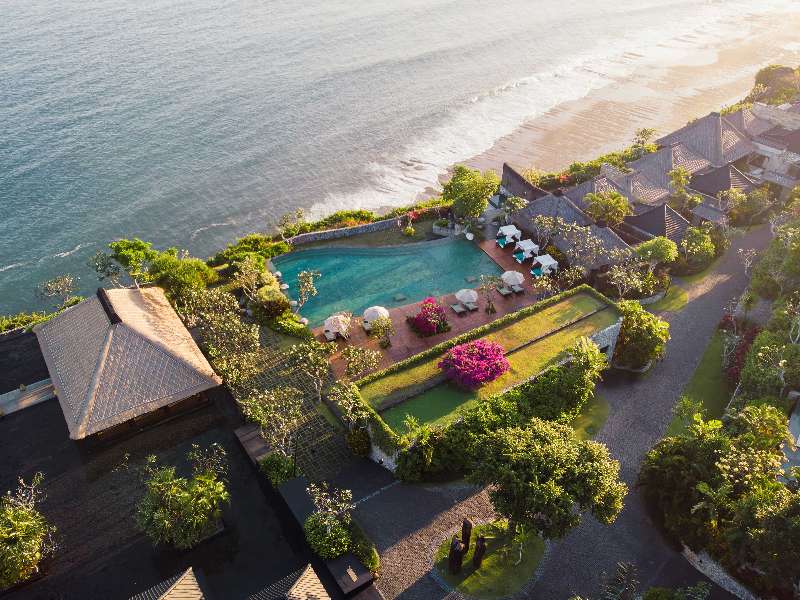The Bvlgari Mansion Wedding
La Terrazza Wedding
The Bvlgari Chapel Wedding
The Bvlgari Villa Wedding
Celebrations
Boutiques
Experiences
Exclusive Offers
Image Gallery
What's On
An Emperor's Jewel
about Bvlgari
Jalan Goa Lempeh, Banjar Dinas Kangin Uluwatu, Bali +62 361 3001000 or +62 361 8471000









-copia.png/jcr%3Acontent)

















